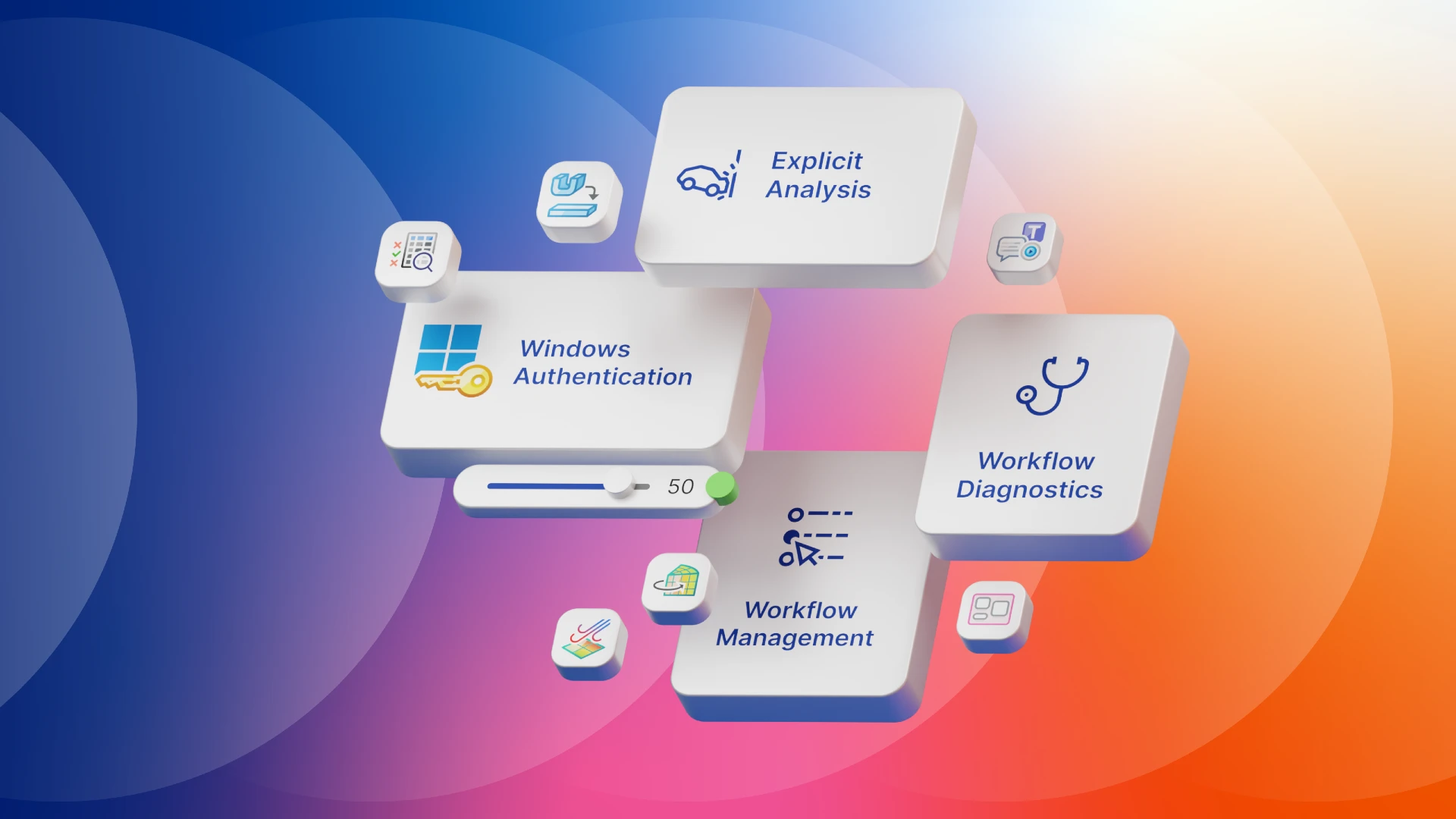In the realm of engineering and design, Generative Engineering, also known as Generative Design, is poised to transform traditional development processes by automating manual coordination steps. Instead of manually designing components, engineers describe their properties mathematically, relying on artificial intelligence (AI) algorithms to generate the corresponding geometry. This approach streamlines the development process, eliminating the need for intricate manual tasks, document exchanges in different formats, and long waiting times associated with changes in construction plans.
Sebastian Flügel, a project manager at EDAG, an innovation-focused development service provider, emphasizes that generative design simplifies interface management with downstream systems such as Computer-Aided Design (CAD) or simulation. In this paradigm shift, designers no longer delve into the intricate details of component appearance; instead, they define the component's characteristics through a mathematical description known as DNA. This comprehensive approach contrasts with the traditional method of stringing together various software applications throughout the development process.

One of the challenges faced by generative engineering is its limitation to components that can be described mathematically. In areas like automotive design, where specific production constraints or aesthetic requirements may exist, the application of generative design can be challenging. However, advancements are being made, particularly in additive manufacturing processes where geometric restrictions are fewer. EDAG is collaborating with the startup Elise to expand the usability of their software, making it applicable to a broader range of components, including injection-molded plastic and forged components in the chassis.
Addressing organizational challenges, Flügel notes the need to break down departmental silos for effective implementation of generative design. This involves having a few experts within each department build the DNA, requiring designers and developers to potentially expand their programming skills. However, the goal is to have experts set up workflows in tools like Elise, making them accessible to others.
Generative engineering tools, like Elise, are not meant to replace existing applications such as Catia or OptiStruct but rather complement them. Elise incorporates a graphical programming editor that facilitates the use of both pre-made and self-programmed modules. Although logical thinking is essential, programming experience is not mandatory. Elise has invested in e-learning and digital learning paths, allowing even those without programming knowledge to learn the software within two months.
Moritz Maier, Co-Founder and Managing Director of Elise, clarifies that generative design primarily employs classic algorithms like topology optimization rather than artificial intelligence. However, there is an aspect of AI involving "independent co-learning" within the solution. The software suggests the next logical building block and assists in assembling code fragments based on user interactions. As the system is used, it learns from the user's behavior and becomes more adept at generating relevant suggestions.
The ultimate goal of generative engineering is to provide engineers with immediate feedback, automatically generated from downstream process steps. This feedback addresses complex questions, such as selecting materials and determining the number of ribs to achieve optimal stiffness. Maier envisions an open architecture that establishes a data highway between various tools, facilitating data exchange and collaboration. Despite challenges with data formats and CAD kernels from different providers, efforts are underway to create translation tools and interfaces to ensure seamless integration.
Both Flügel and Maier see generative engineering as a liberating force for engineers, allowing them to focus more on finding creative solutions rather than spending excessive time on tool-related tasks. While the implementation of automation in development is not expected to diminish the need for human labor, there is optimism about the potential for exponential growth in AI capabilities. Maier envisions a future where every design engineer has an all-knowing assistant similar to J.A.R.V.I.S from Iron Man, suggesting that even the current advancements in generative engineering are already making significant strides in automation and efficiency.
Read the full article!
Would you like to learn more about Generative Engineering? Read the full article on automotiveIT (in German) and discover the benefits of this innovative approach.
Discover the benefits yourself – Test Synera's Low-Code platform!
Would you like to experience the benefits of Connected Engineering and our Low-Code Platform firsthand? We invite you to test Synera's Low-Code Platform 14days for free and discover how you can make your product development more efficient and agile. Experience the future of product development and explore the possibilities that our innovative solution offers. Click here to explore the Synera Low-Code Platform and optimize your development process for your use case today.
Or get a free demo from our CEO Daniel Siegel. Every Tuesday and Thursday he will take you on a guided tour of our synera software. You will discover how to automate your workflow and how to speed up your development process. There will also be a Q&A session where you can ask all your burning questions. Register here for free.





